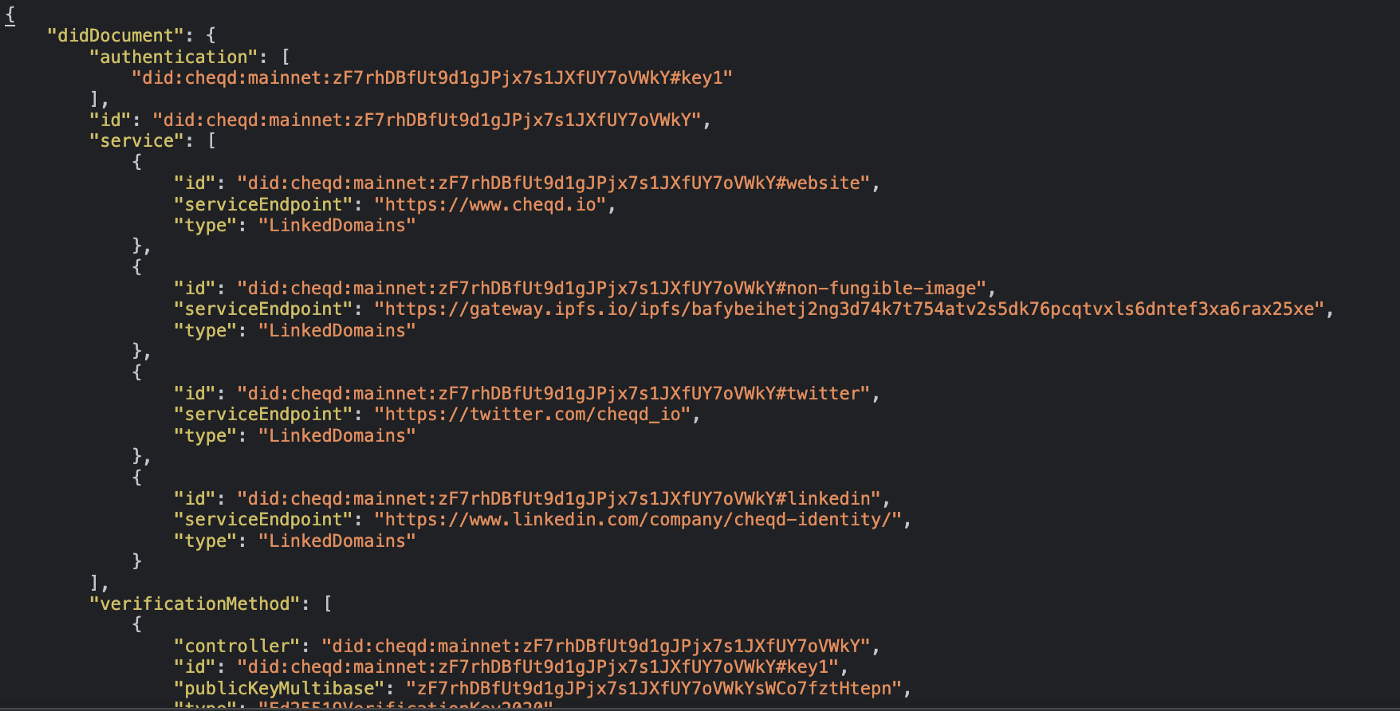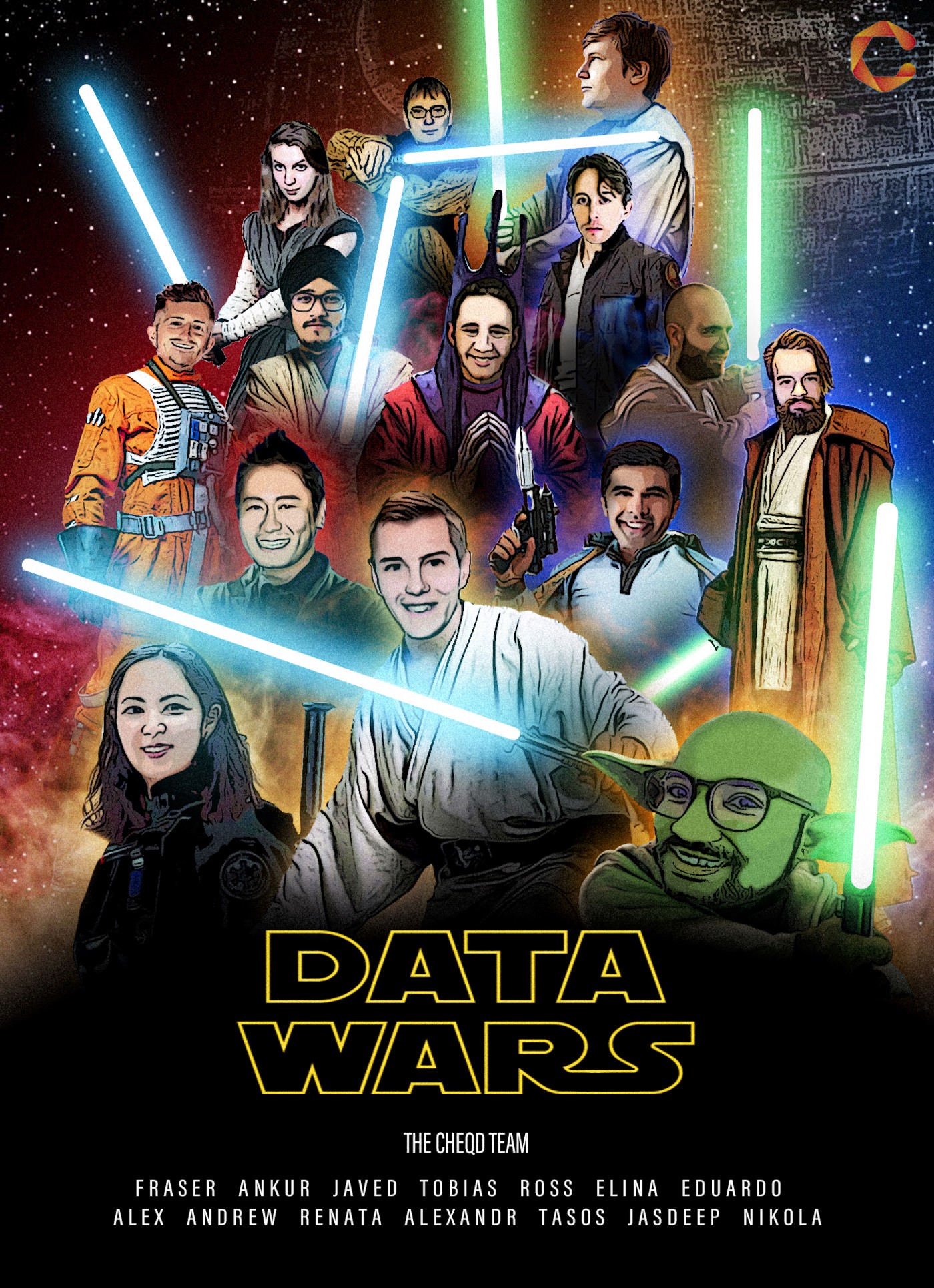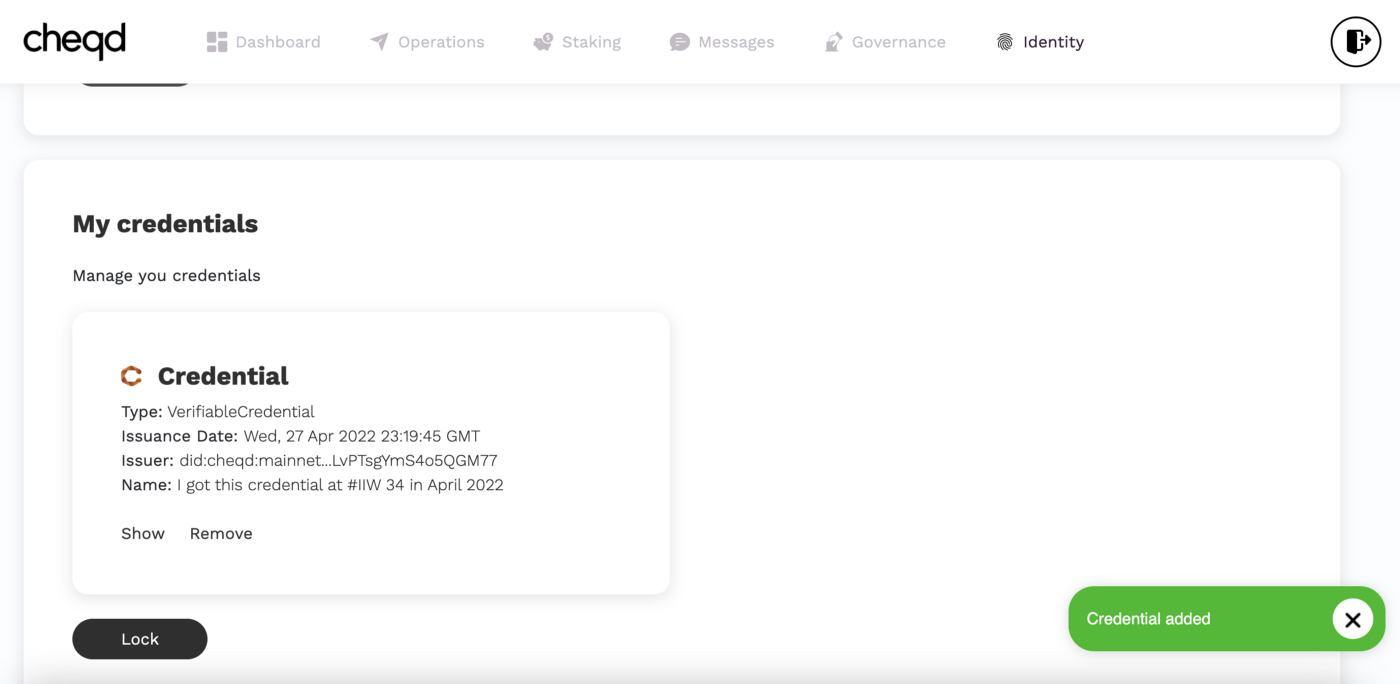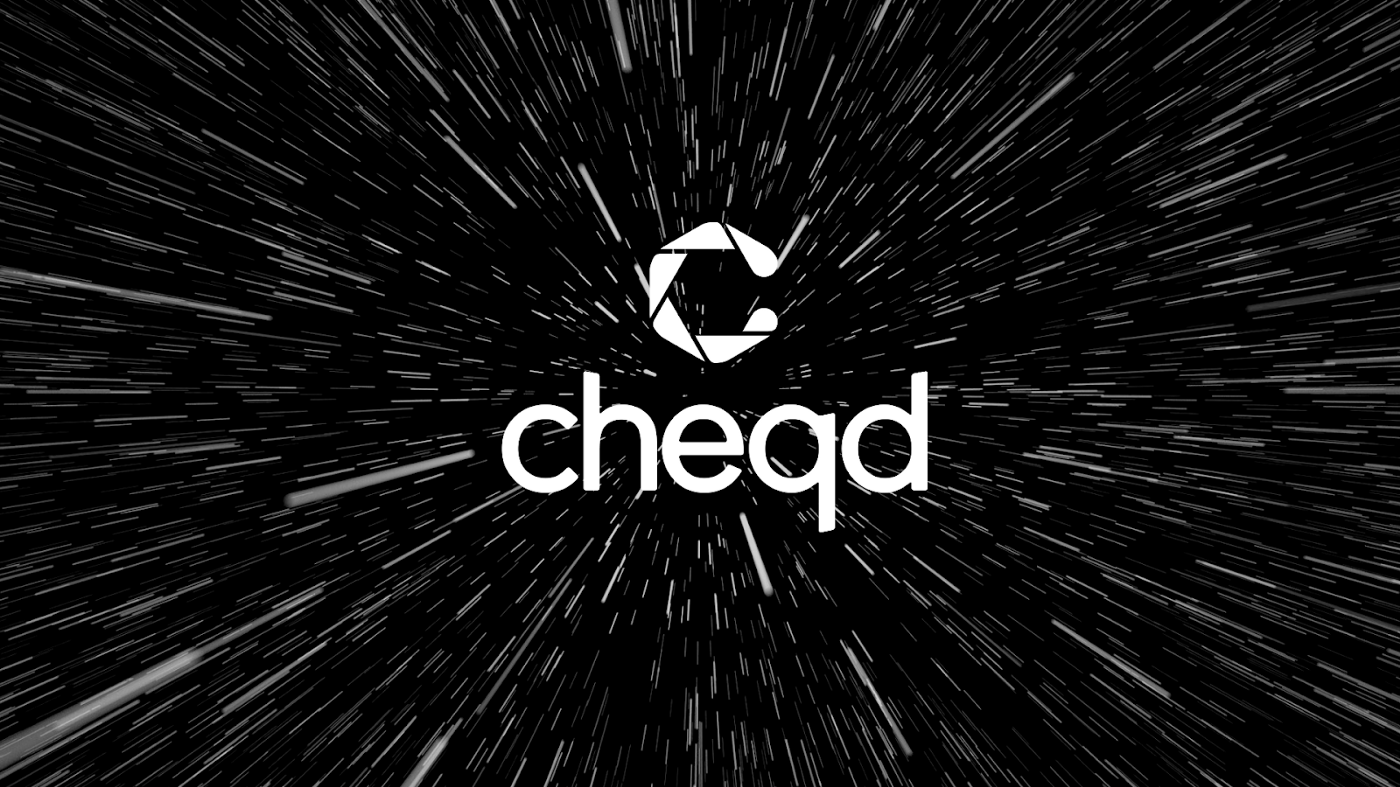Co-written by Ankur Banerjee (CTO/co-founder), Ross Power (Product Manager), and Alex Tweeddale (Governance Lead).
 About a month ago, in a Cosmos far, far away…
About a month ago, in a Cosmos far, far away…
…we spoke about the top 10 highlights of Q1 at cheqd, where we touched upon the work we have been doing on adding and improving the identity functionality for app developers and users of our network.
Today, I’m excited to share the first-ever Decentralized Identifier (DID) on the cheqd network and what that means for real-world usage of our network for anchoring digital identities. This is an important milestone in our journey to help our partners and community reclaim their data.
Decentralised Identifiers (“DIDs”) are essential cornerstones of how decentralised identity works at a technical level. This first DID we created on the cheqd mainnet uses the cheqd DID method, and is permanently available on our immutable ledger.
Think of this as a web URL/address, much like how https://blog.cheqd.io does. In our case, the DID created by cheqd looks like this:
did:cheqd:mainnet: zF7rhDBfUt9d1gJPjx7s1JXfUY7oVWkY
These are the DID Documents you are looking for 👋
To access the contents that are stored on the ledger for a DID, which are called “DID Documents, you need a “browser” for DIDs. Think of this the same way Chrome is a common web browser for web URLs. The Decentralized Identity Foundation (DIF) Universal Resolver is the “browser” for DIDs that app developers use to interact with digital identity networks.
Over the last month, we have been working on adding support for the cheqd network driver to the Universal Resolver project. When you use this to access the DID Document for the DID we created, you will see:

DID Document for did:cheqd:mainnet:zF7rhDBfUt9d1gJPjx7s1JXfUY7oVWkY
DID Documents are a bit like droids. They are not always understood by humans, beeep-beeeep boooop-boooop, but they are incredibly useful for machines to understand useful information about digital identities. In DID Document above, the contents describe keys using which cheqd (the company) could use to issue secure digital credentials.
It also describes links to web/social media profiles controlled by cheqd, such as our website, Twitter, and LinkedIn. And sometimes, just like droids, DID Documents can even carry secret messages. 🤫
Do (click). Or do not. There is no try. 🤓
Pay close attention to this part in the DID Document (“DIDDoc”) and you’ll see…
{ “id”: “did:cheqd:mainnet:zF7rhDBfUt9d1gJPjx7s1JXfUY7oVWkY#non-fungible-image”, “serviceEndpoint”: “https://gateway.ipfs.io/ipfs/bafybeihetj2ng3d74k7t754atv2s5dk76pcqtvxls6dntef3xa6rax25xe", “type”: “LinkedDomains” }
InterPlanetary File System — or IPFS, as it’s more popularly known — is a global, decentralised, file storage system. Think of it as a file storage service such as Dropbox, except, with no single controlling entity behind securely storing the files.
If you look up the IPFS link above through any valid IPFS gateway, you’ll find our Data Wars poster, showing every single person who has been working hard over the past year to bring new hope to a vision for decentralised identity which gives control back to the people.

The cheqd team in the Data Wars
I’m extremely proud — especially of our product & engineering team — of the part they have played to make the technical work happen.
The DID Document “non-fungible” Data Wars 
Non-Fungible Tokens (NFTs) have been often-mentioned in the context of being used to create a decentralised, on-chain unique identifier. We brought up how popular this concept has become in our analysis piece on Web 3.0 trends on the intersection of NFTs and identity.
One of the basics of an NFT is that the image/media associated with is not itself encoded in the token, but referenced through a link/URL where the image/media is available (usually, decentralised storage such as IPFS).
That’s very similar to what we had in our DID: a unique on-chain identifier that contains a link to an image/media asset off-chain, stored on decentralised IPFS storage. What’s more, by transferring control of a DIDDoc, it’s also possible for owners of a DID to switch hands. While it doesn’t exactly have the same (non-)fungibility properties of a “real” NFT, we thought this would be a fun and interesting way of how flexible the Decentralized Identifiers (DID) format is.
How to create a DID on cheqd’s mainnet?
We are excited that it is now time for our community of cheqd validators, many of which are leading SSI vendors, to begin experimenting with creating a DID on cheqd. You can do so using the cheqd CLI or through VDR Tools.
Building real digital identity apps using cheqd 
You can also read a summary here if you find Twitter threads hard to follow:
Summary of cheqd’s identity wallet demo at #IIW | Ankur Banerjee.
We want more app developers, including the many partners of cheqd, to be able to build similar experiences as we did in a short timeframe for the conference. In a more technical tutorial in the future, we’ll explain how to do this yourself.

Demo wallet for IIW built by cheqd
Give wallet.cheqd.io a spin to get a demo credential. May the Fourth be with you as you join our rebel alliance in the Data Wars! 🫶




 Try out the @cheqd_io demo yourself, get a Verifiable Credential for #IIW 34, and read more about the background for…
Try out the @cheqd_io demo yourself, get a Verifiable Credential for #IIW 34, and read more about the background for…



